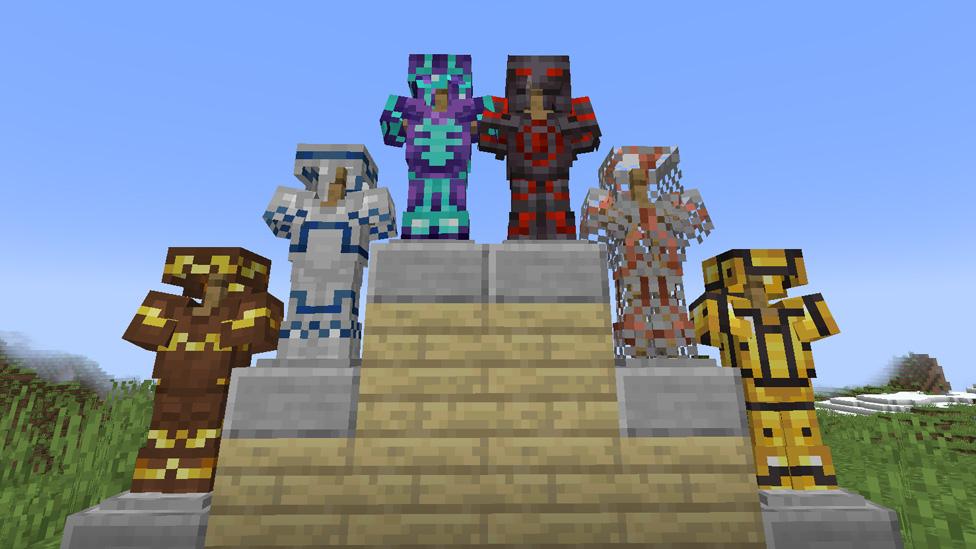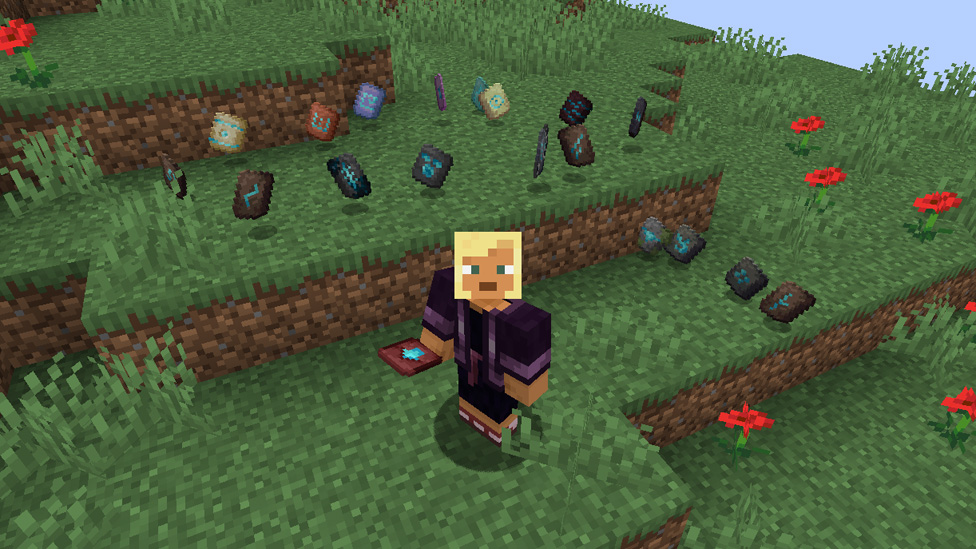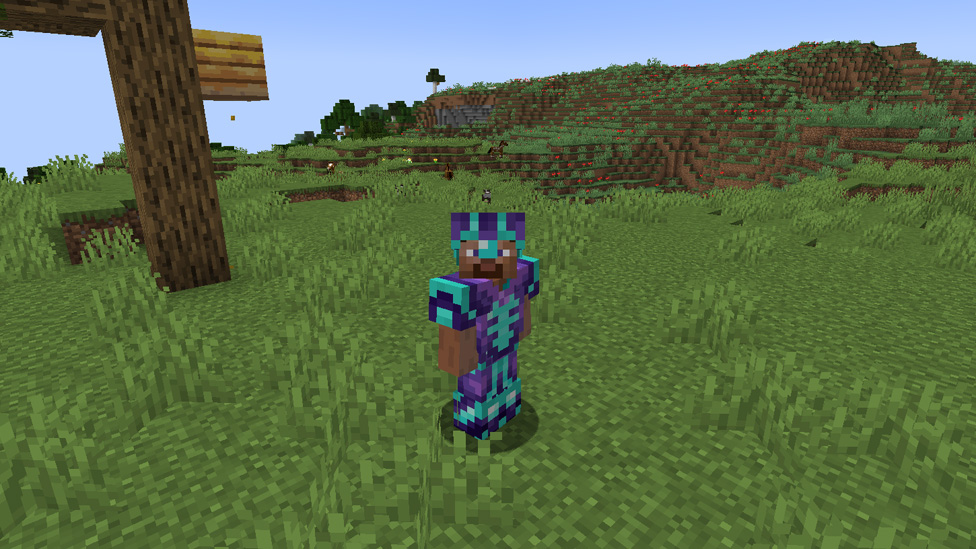Minecraft Armor Trims
Make Your Own Minecraft Server For Free
Your own Minecraft server is only 5 minutes away! We support simple one click install for over 1000 unique modpacks.
Free Minecraft Server Hosting
Not only will you find out where to find these trims with this guide, but you will have also find the doorway to many creative possibilities! Get ready to express yourself and look unique with some of these exciting cosmetic additions!

Types of Armor Trims in Minecraft
The Minecraft 1.20 update introduces a total of 16 distinct armour trims, each offering a unique visual design. These trims can be broadly categorized into styles that complement different aesthetics:Unlock the full potential of Minecraft with ScalaCube's reliable Minecraft server hosting. Enjoy low latency, high performance, and unmatched stability for endless adventures.
- They take natural-world influences and are perfect for the player who would like a more down-to-earth look, like the Coast shipwrecks or Wild lush caves trims.
- Mythical: Trims such as Spire (End Cities) and Ward (Ocean Ruins) take their inspiration from the most fantastical of them. It is perfect for the player trying to channel a more mystical aura.
- Industrial: Trims like Host (ruined portals) and Shaper (bastion remnants) take on an almost mechanical, utilitarian appearance that will appeal to players who favor a technological flair.
- Abstract: Trims like Flow (underwater temples) and Eye (desert temples) have a more stylized, even abstract, appearance that's perfect for the player looking for something a little out of the ordinary.
Along with these styles, each trim has a pattern base that will change the look of your armor. Some may offer something subtle, while others might be very pronounced accenting. Trying different trims can help you style the armor of your dreams, or you can add some accents or more dramatic flourishes to your taste.

How to Apply Armor Trims in Minecraft
Applying armour trims is a straightforward process that utilizes the Smithing Table, a familiar crafting station in Minecraft. Here's what you need to do:- Collect Materials: These are the two parts that you will require to complete the task. First is any piece of armor, and the second one is the template of the armor trim. Any material can be used to make armor, which includes leather, iron, diamond, and netherite. Armor templates are looted from specific world structures or chests (find where in the next section).
- Place the items: on the top left of the Smithing Table interface, place the piece of armor you'd like; on the bottom-right of the interface, place the armor trim template you would like to be applied.
- Once you've positioned the items correctly, the interface will display a preview of your trimmed armor.
If you're happy with the look, click the arrow on the right side of the interface to apply the trim. Armor trim template will be used up in the process, thus the need for a spare should one want the same trimming of armor to apply to several pieces of armor.

Where to Find Armor Trims in Minecraft
Each armour trim has a designated location where it can be found. Here's a breakdown of where to acquire all 16 trims:- Overworld:
- Coast (Shipwrecks)
- Dune (Desert Temples)
- Flow (Underwater Temples)
- Rib (Villages)
- Snout (Bastion Remnants)
- Wild (Lush Caves)
- Nether:
- Sentry (Nether Fortresses)
- Tide (Ruined Portals)
- The End:
- Eye (End Cities)
- Spire (End Cities)
- Deep Dark Biome:
- Silence (Ancient Cities)—Rarest trim in the game (1.2% drop rate)
Can you reuse armor trim templates?
No, armor trim templates are consumed upon use. If you want to apply the same trim to multiple pieces of armor, you'll need to find additional templates.
Do armour trims affect the stats of my armor?
Armour trims are purely cosmetic additions and do not provide any defensive or offensive benefits to your armor.
Can I remove armor trims once applied?
There is now no ability to remove the armor trim once applied; you are bound to the choice of trim you make for your armour piece.
Conclusion
The breath of fresh air in player customization is through the armor trims of Minecraft 1.20. With several styles, materials, and the freedom to mix them, players will be able to get unique sets that express their individuality. Armor trims let you build a visual statement from subtle accents to bold proclamations that reflect your style and in-game persona.Looking for a reliable and powerful server to host your Minecraft world and showcase your customized armor? Look no further than ScalaCube! We offer a variety of Minecraft server hosting plans to suit your needs, ensuring a smooth and lag-free experience for you and your friends. With ScalaCube, you can focus on exploring, building, and conquering challenges, all while sporting your personalized armor creations!
Make Your Own Minecraft Server For Free
Your own Minecraft server is only 5 minutes away! We support simple one click install for over 1000 unique modpacks.
Start Your Server For Free!
Copyright 2019-2025 © ScalaCube - All Rights Reserved.